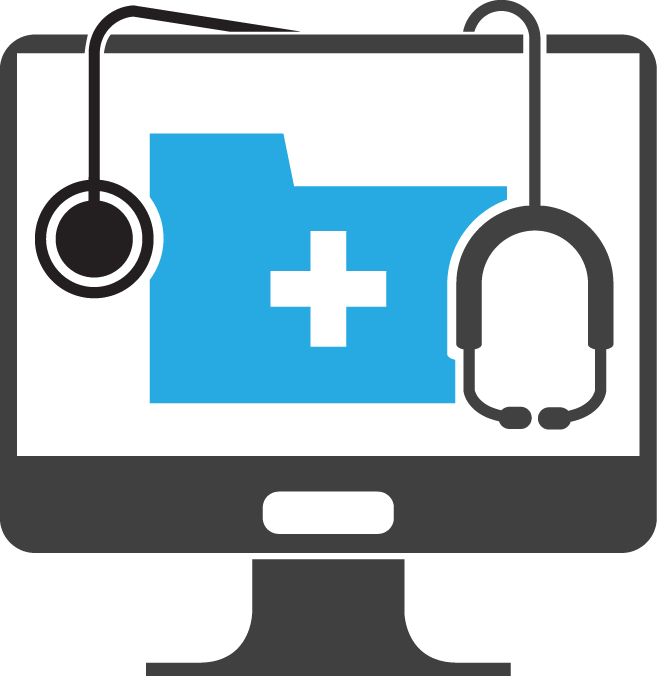Unlocking Success: What is Healthcare Revenue Cycle Management (RCM) and Why It Matters
Healthcare Revenue Cycle Management (Healthcare RCM) is indeed the backbone of every successful healthcare organization, serving as the integral framework that manages the economics of patient care from the initial appointment to the final payment. This comprehensive process not only supports the financial health of a healthcare provider but also ensures that patients receive timely and efficient service without the added burden of administrative confusion. or delays. By streamlining billing, coding, and claims management, Healthcare RCM optimizes resource allocation and minimizes errors that can lead to revenue loss. Moreover, it empowers healthcare providers to focus more on patient care rather than the complexities of financial transactions. Implementing an effective RCM system enhances transparency and communication between patients and providers, fostering trust and satisfaction.
With accurate data handling, healthcare organizations can make informed decisions that improve operational efficiency and patient outcomes. Therefore, investing in robust Revenue Cycle Management is not merely a financial strategy; it’s a commitment to delivering superior care while maintaining economic stability within the organization. In today’s rapidly evolving healthcare landscape, where regulatory requirements are continually changing, having a reliable RCM process is essential for adapting smoothly without compromising the quality of care. Ultimately, efficient Healthcare Revenue Cycle Management is crucial for sustaining growth and ensuring long-term success in any healthcare setting.
To truly succeed, healthcare organizations must prioritize efficient revenue cycle management. It’s the cornerstone for maximizing revenue, cutting down on claim rejections and denials, slashing payment delays, and boosting overall financial health. Achieving this demands a blend of precise coding and documentation, effective billing strategies, seamless workflows, and rigorous follow-up on claims and patient payments. By investing in these areas, organizations can secure their financial future and thrive in an increasingly competitive landscape. Furthermore, embracing advanced technology solutions such as automated billing systems and data analytics can significantly enhance the revenue cycle process.
These tools provide real-time insights into financial performance, identify bottlenecks, and streamline operations by reducing manual errors. Additionally, training staff to stay current with regulatory changes and coding updates ensures compliance and accuracy, preventing costly mistakes. Implementing a patient-centric approach also plays a critical role in successful revenue management. Transparent communication regarding billing procedures and payment options fosters trust and encourages timely payments from patients. By focusing on these strategic areas, healthcare organizations not only improve their bottom line but also enhance patient satisfaction—a crucial factor in building a sustainable practice in today’s market.
Core Components of RCM
Understanding the core components of RCM is essential for any healthcare organization aiming to optimize their operations and enhance patient satisfaction. Here’s a deeper look into each critical component:
1. Patient Registration: This initial step involves collecting all necessary patient information, including demographics and insurance details. It sets the foundation for a smooth revenue cycle by verifying eligibility and establishing financial responsibility upfront.
2. Insurance Verification: A crucial step to prevent billing issues and denials. This involves confirming the patient’s insurance coverage, checking if pre-authorization is needed for the services, and ensuring all billing information is accurate.
3. Charge Capture: This is where all billable services provided to a patient are accurately documented. It includes everything from clinical services rendered to any procedures performed and supplies used. Ensuring accurate charge capture is vital for correct billing.
4. Coding and Documentation: Medical coding translates the healthcare services a patient receives into standardized codes, which are used universally. Accurate coding is critical as it affects not only billing but compliance with health regulations and insurance requirements.
5. Claims Submission: After coding, claims need to be prepared and submitted to the appropriate payers, which could be insurance companies or government programs. Timeliness and accuracy in this step are key to ensuring that claims are accepted and payments are processed without delays.
6. Claims Follow-up and Denial Management: Post-claim submission, it’s important to track the status of each claim. Managing denials effectively by investigating and rectifying errors, and resubmitting claims, is essential for securing due reimbursement.
7. Patient Billing and Collections: This stage involves issuing invoices to patients, clarifying any charges they are responsible for, and collecting payments such as co-pays and deductibles. Effective communication and clear explanations help in maintaining a positive patient-provider relationship.
8. Financial Reporting and Analysis: Continuous monitoring and analysis of financial data help healthcare providers to understand their financial performance, identify trends, and make informed decisions. Regular reports on revenue, cash flow, and other key performance indicators are crucial for strategic planning and operational adjustments.
Benefits of Optimizing RCM
Optimizing the RCM process can bring numerous benefits to a healthcare organization:
– Improved Cash Flow: Efficient RCM processes reduce the time between service delivery and receiving payment, thus enhancing the organization’s cash flow.
– Reduced Overhead Costs: Streamlining RCM can decrease administrative costs by reducing errors, minimizing rework, and lowering denial rates.
– Enhanced Patient Satisfaction: A smooth and transparent billing process improves the overall patient experience, which can lead to higher patient retention and better health outcomes.
In conclusion, Healthcare RCM is not just about managing payments but is a comprehensive approach to managing the business of healthcare. It requires meticulous attention to each component to ensure financial stability and allow healthcare providers to focus on their primary mission of delivering excellent patient care.

